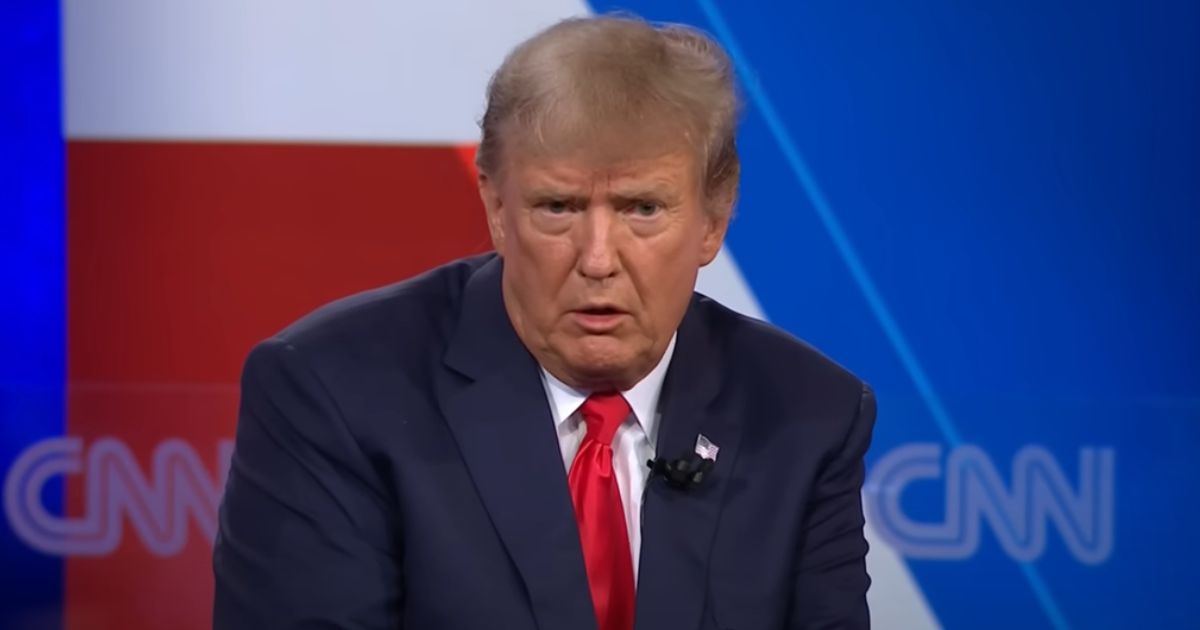Officers Knew About Suspect Before Trump Rally Shooting
In a dramatic revelation, text messages have disclosed that law enforcement was alert to the suspicious activities of Thomas Matthew Crooks nearly 90 minutes before his deadly assault at a rally in Butler, Pennsylvania.
A series of texts between authorities detailed the movements of Crooks before he attacked, leading to casualties, including former President Donald Trump.
On July 13, 2024, former President Donald Trump became the target of an assassination attempt while addressing a crowd in Butler, located northwest of Pittsburgh.
According to documents obtained by Fox News Digital, the assailant, identified as Thomas Matthew Crooks, was observed almost an hour and a half before the incident. These documents, from Senator Chuck Grassley and sourced from Beaver County Emergency Services Unit (ESU), raised early alarms about Crooks' intentions.
Detailed Observations of Suspect's Preparations
Initially spotted using a range finder near Beaver ESU vehicles, Crooks' peculiar activity was first documented at approximately 4:30 PM that day.
Despite this early identification, physical apprehension was delayed. Authorities tracked him diligently but maintained their distance, continuing to monitor his movements closely.
Crooks then moved towards the American Glass International (AGR) building and ascended to its rooftop around 5:10 PM.
In communications among law enforcement, he was described as having greasy shoulder-length hair and donning a gray T-shirt. Officers shared this description and a picture of him via text while observing him.
Critical Moments Leading to the Tragic Event
As the rally progressed, the situation escalated rapidly. By 6:11 PM, Crooks had positioned himself strategically and commenced firing.
This swift turn of events culminated in Crooks being neutralized by a counter-sniper. The ensuing chaos saw the death of rallygoer Corey Comperatore and injuries to President Trump, who was grazed by a bullet in his ear, as well as two others, James Copenhaver and David Dutch.
The aftermath of the shooting had substantial medical and emotional repercussions. Copenhaver was released from hospitalization the following Friday, showing signs of recovery, while Dutch's release occurred slightly earlier on Wednesday, July 24, 2024.
Investigation and Response to the Shooting
This incident has opened up numerous questions about the adequacy of security measures at political events and the swift response of law enforcement under high-pressure scenarios.
It also underlines the challenges of preemptively neutralizing threats even when potential perpetrators are already under surveillance.
The texts revealing the advanced knowledge of Crooks’ suspicious activities highlight the complex balance between monitoring a threat and acting on it without escalation.
Law enforcement's ability to monitor Crooks so closely yet unable to prevent the attack will likely be a key point of ongoing investigations and security reviews.
Community and National Impact of the Attack
The attack at a political rally brings to the forefront the delicate balance between safeguarding public figures and maintaining an open democratic space where leaders can speak directly to their constituents without fear.
This tragic event highlights crucial issues surrounding national security, surveillance effectiveness, and law enforcement agencies' rapid response capabilities. The balance between vigilance and response, public safety, and individual rights continues to be a pressing challenge in a polarized political and social environment.
Conclusion
The assassination attempt on former President Donald Trump exposed not only vulnerabilities in public event security but also demonstrated the critical need for immediate action when red flags are raised. As details continue to emerge, the focus remains on understanding the lapses that occurred and the measures needed to prevent future occurrences.





